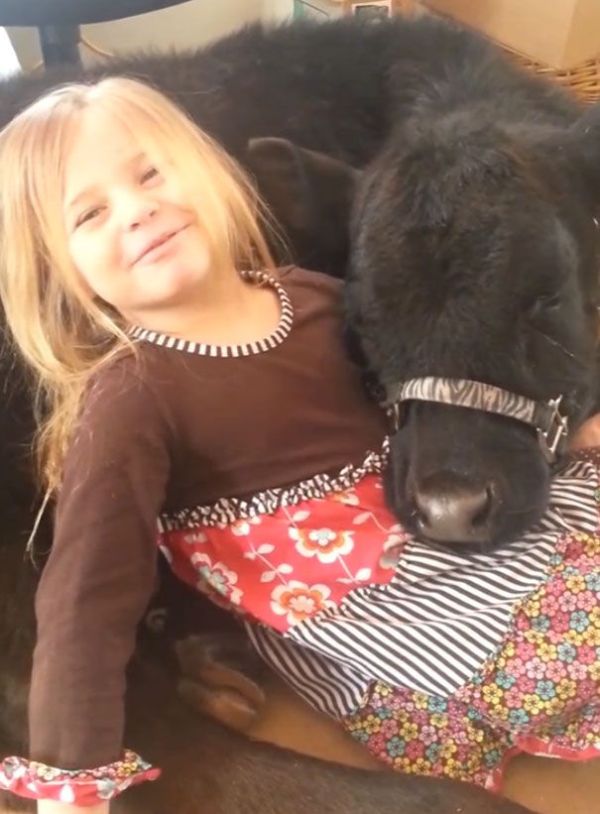|
|
Little Girl With A Baby Cow
|
Nutrition plays an important role in keeping cattle healthy and strong. Implementing an adequate nutrition program can also improve milk production and reproductive performance. Nutrient requirements may not be the same depending on the animal's age and stage of production.
Forages, which refer especially to hay or straw, are the most common type of feed used. Cereal grains, as the main contributors of starch to diets, are important in meeting the energy needs of dairy cattle. Barley is one example of grain that is extensively used around the world. Barley is grown in temperate to sub-artic climates, and it is transported to those areas lacking the necessary amounts of grain. Although variations may occur, in general, barley is an excellent source of balanced amounts of protein, energy, and fiber.
Ensuring adequate body fat reserves is essential for cattle to produce milk and also to keep reproductive efficiency. However, if cattle get excessively fat or too thin, they run the risk of developing metabolic problems. Scientists have found that a variety of fat supplements can benefit conception rates of lactating dairy cows. Some of these different fats include oleic acids, found in canola oil, animal tallow, and yellow grease; palmitic acid found in granular fats and dry fats; and linolenic acids which are found in cottonseed, safflower, sunflower, and soybean. It is also important to note that proper levels of fat also improve cattle longevity.
Using by-products is one way of reducing the normally high feed costs. However, lack of knowledge of their nutritional and economic value limits their use. Although the reduction of costs may be significant, they have to be used carefully because animal may have negative reactions to radical changes in feeds, (e.g. fog fever). Such a change must then be made slowly and with the proper follow up.
|
|









